With synchronised steps, two fallow bucks strut straight towards the small cabbage-tree clump sheltering me, blinded to my nearness by their unwavering focus on each other. From the tilt of their heads to display the unhindered magnitude of their headgear to the rhythm of their gait, the bucks appear to be mirror images, but as they curve slightly in their path, their differences can be discerned.
The near buck has a downhill look with his hind section lower than his shoulders as he reaches under himself with definite, purposeful carriage, seemingly swaying with each step as he balances the weight of his hanging stomach. While the far buck also displays the same purposeful movement and sway in his step, his topline is tight and straight, lacking the pronounced movement the sagging back of the near buck exaggerates.
To be participating in this lateral display, it can be assumed that both bucks are mature, higher-ranking individuals worthy of harvesting, but from the drooping features of the closer buck’s body, he seems to be the older. Likely, the far buck initiated the interaction as a challenge to the ageing monarch.
Why Age Animals?
Being able to recognise the difference between prime and old animals is vital for those keen to take their trophy hunting to the next level and target not only mature bucks, but those past their prime and no longer contributing as much to the herd.
Additionally, recognising young animals not yet in their prime is important when making trophy or culling decisions, as discussed with red stags in the previous issue of NZRod&Rifle. Herd management through culling can be very successful in fallow populations because of the relatively shorter time since the release of many of the deer in concert with their disinclination to stray far out of their core area. However, genes can still persist in the population through does.
Whether your goal is management of a fallow herd on private land, a desire to improve a public land population, or simply to harvest the best trophy possible, learning to recognise age will help you target older animals and leave the younger bucks with impressive genetics to breed with more does and grow into something even more magnificent.
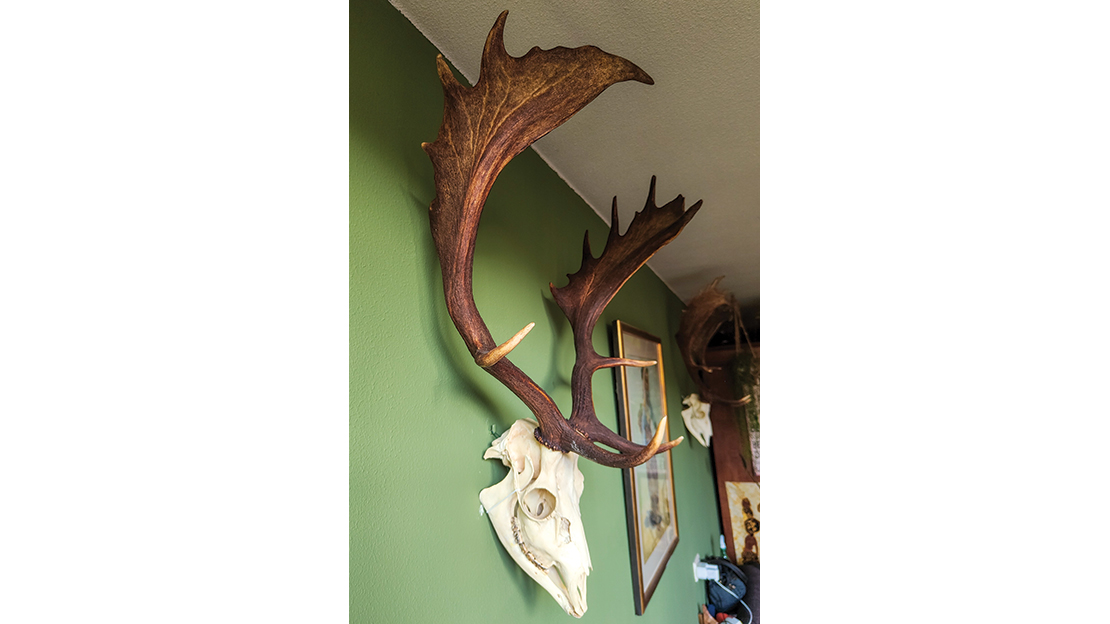
Age
As with red stags, it’s important to note not only the buck’s antlers, but also, aspects of his body, movement, face and behaviour, which all give clues to his age. These latter four categories offer stronger indications of maturity than the antlers. In this article, these aspects will be analysed to help hunters categorise bucks as young, mature or prime, and old. No individual feature can be considered an absolute determiner of age. Instead, it’s worthwhile to take the whole animal, and preferably even other animals in that area, into account for comparison before drawing any conclusions.
Fallow deer mature quicker and have slightly shorter life spans than red deer. Therefore, based on information from fallow farmers, biologists and passionate hunters, for this article, they’ll be classed as ‘young’ when up to four years old, ‘mature’ or ‘prime’ when five through seven years old, with ‘old’ being anything eight or older.
From these sources along with online studies, fallow bucks peak in antler development and body condition from their fifth through their seventh year (generally the height of their peak) and show a noticeable increase in potential for abnormal antler growth and loss of palm size when they age past their eighth year. Fallow bucks commonly live until they’re 10 years old in the wild, but regularly live up to 12 on a farm.
Jamie Massaar became a fallow deer expert by observing and documenting fallow bucks and their behaviours, collecting their cast antlers and eventually skulls during her almost daily tramps in her local forest in the Netherlands. Her vast collection of observations, photos, casts and skulls from the same fallow herd over the years is invaluable to better understanding these animals, and the information on ageing fallow bucks on the hoof that she shared has been instrumental in the writing of this article. She also provided all photos used in this article to illustrate the points discussed.
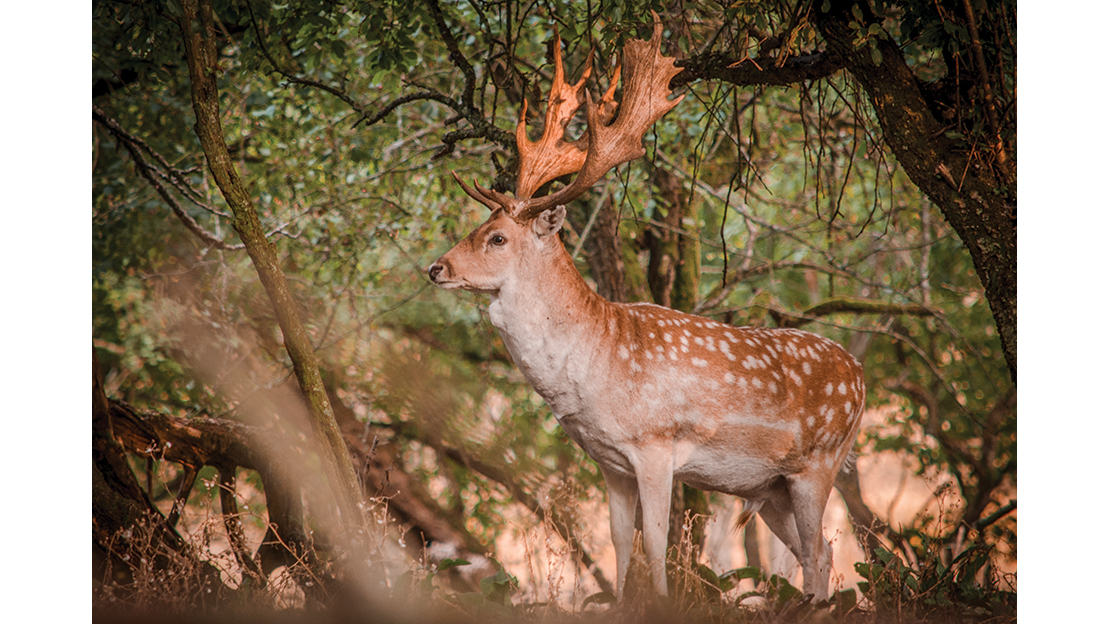
Antlers
Fallow antlers show trends occurring more often with age, but as with red stags, these clues should not be solely used to determine age because genetics, nutrition, and injuries also affect antler development.
A fallow’s first head is simply a spike. During their second year, they generally develop brows and treys in the wild, saving any flat palmation until their third year. From there, generally, the antler grows in length of main beams, width of spread, width of palms and overall mass. Their fourth head may still have narrow palms, but more tines will develop along the palm (if genetically predisposed). Don’t be fooled, however, because many four-year-olds with excellent genetic potential can have very well-developed palms and features normally associated with older animals.
Once animals reach their more mature years, they continue to develop palms, length and width, but the main differences can be seen in the large amount of mass they carry overall. Fallow buck farmer and president of the New Zealand Fallow Deer Society, Tony Roberts, says that during the animal’s more mature years, from five until eight, they’re mainly developing in the weight of their rack, but also furthering their palms. Often, in these more mature animals, the concentration is on growing palm width, and less on growing tines.
Both in farm and in wild settings, bucks can lose point numbers between two consecutive heads, but significantly gain palm mass. The exception to this is in the brow and guard tines, which continue to develop with age. Rather than growing straight up, as in younger heads, brow tines of mature bucks grow out before going up, giving them an impressive 90-degree angle.
Guard tines generally come out in more mature animals and continue development each year if the animal is genetically predisposed to guard tines. Additionally, many times, the main beams of older bucks show more texture, or pearling.
As bucks reach older ages, there’s increased potential for antler deformities. The abnormalities can manifest in a ridge on the inside of their main beam and palm, deformed coronets, crooked brow tines, split brow tines, twisted guard tines and split palms. Funnily, if simply looking at antlers, split palms going backward can look similar to a young buck growing palms with great potential. Palms revert to long tines with enough age and the palmation extends further down the antler, sometimes even consuming the trey tines.
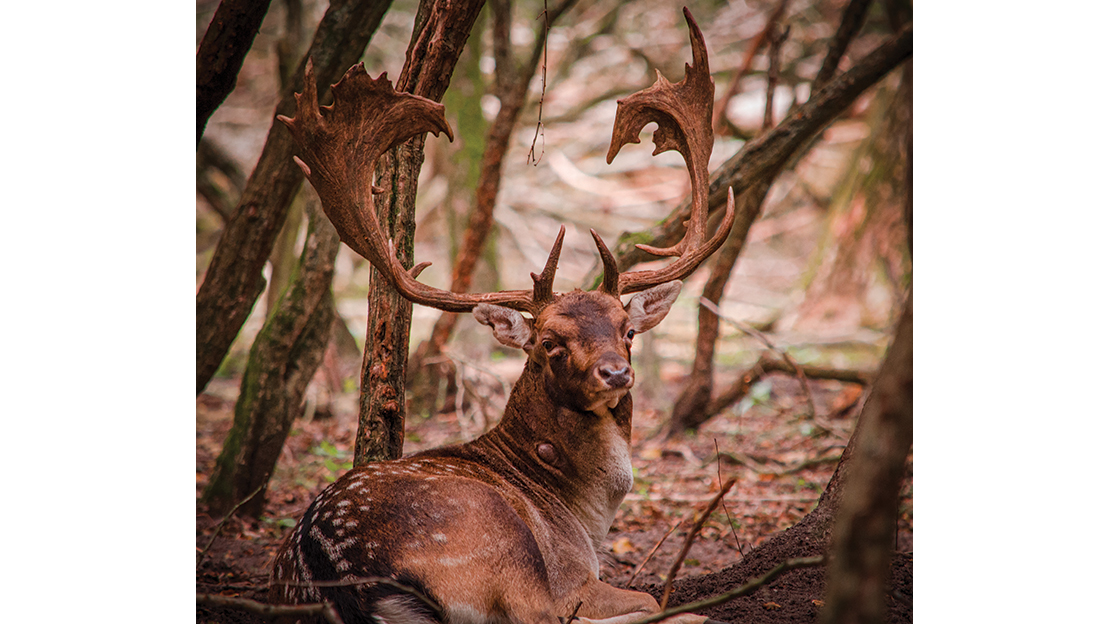
Old bucks can develop blades on the front of their palms and more and more curl or hook to their palms. It’s important to note, also, that some fallow bucks are more genetically predisposed to these deformities, and they can manifest earlier in life. Jamie Massaar, a fallow deer expert, found a skull that could be accurately aged as just four years old showing the thick blade on the inside ridge of his main beam at the palm.
Don’t overlook, too, that fallow antlers easily malform in velvet. Damage to the antler in velvet can look like deformities brought about by age.
Before judging antler development, it’s important to have a good idea of the population of fallow being assessed. How dense is the population and how do food sources and nutrition in the area compare? There are many differences in the genetics of fallow deer, and many populations come from relatively few individuals. The genetic potential of antler growth and size and shape can be misrepresentative of age between different populations. For example, farm deer with good nutrition and genetics may develop palms on their second head, while it likely will not occur until their third head in wild populations. In other areas, many animals have a bladed inner main beam at as young as four years, while at other times, this comes about with greater age. Additionally, great genetics on a young animal can show smaller palms with long points, similar to an older animal going backward.
As we discussed in the previous ageing article on red deer, pedicle height and thickness often correlate to age. This is because the pedicle acts as a base to secure the antlers when bucks engage in fighting. As antlers grow in weight, the pedicles must thicken to provide a sturdy base, as manifested by a study on European roe deer. Additionally, the same study showed that the heavier the antler, the more bone is lost with each subsequent antler casting, lowering the pedicles of heavier deer at a faster rate than lighter deer.
Nutrition plays a role in the increased thickness and lowering of pedicles because it allows for additional weight in the antlers, therefore requiring thicker pedicles and ensuring more bone loss with each year’s casting.
In the forest Jamie frequents, the dense population and poor feed results in very light antlers. This, in turn, causes less pedicle to come off with each shed resulting in very high-setting pedicles, even on older animals. Photo documentation over the years, behaviour analysis during the rut and tooth assessment after the animals’ natural deaths have given Jamie an accurate understanding of that population of fallow, and therefore, she’s still able to determine the likely age category of the bucks. However, for someone not familiar with the area, it could easily be assumed the lightness of the antlers and tall pedicles proved the animals were young.
“Before drawing conclusions, you need a good understanding of the population,” Jamie expresses. “If possible, analyse the same fallow over the years through sheds or photos. That will give you a good understanding of how they age.”
Tony finds that once his heavy and well-fed farmed fallow reach six years old, their pedicles start to noticeably lower. He claims, “Overall [antlers, body, face, behaviour], it’s very hard to tell the difference between a good 6-year-old and a good 10-year-old [farm] buck.”
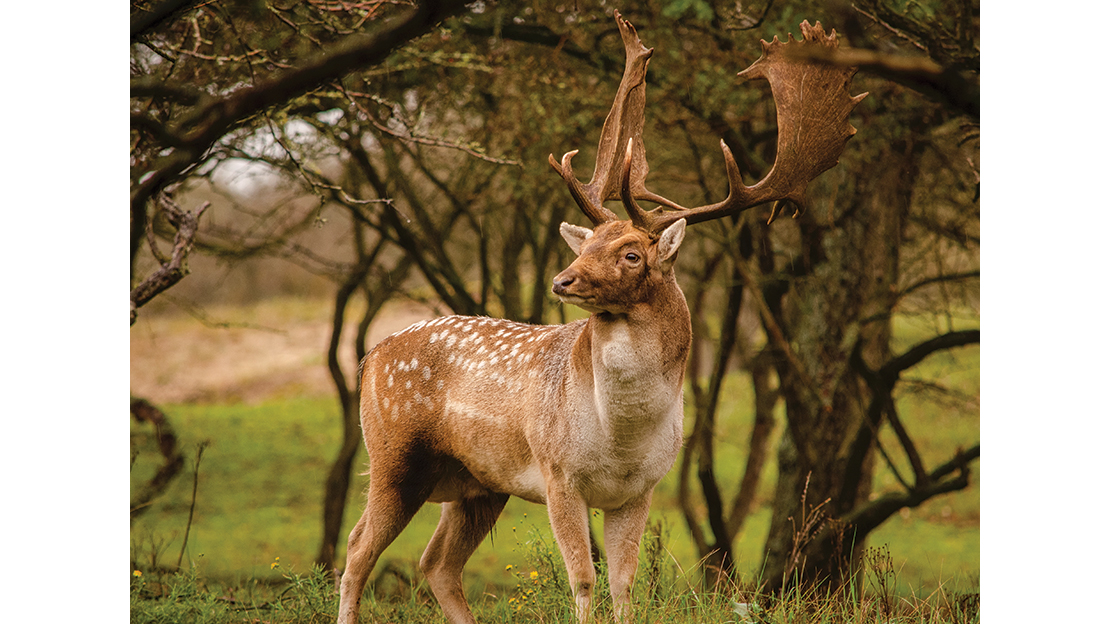
Body
Fallow bucks’ bodies get wider, not taller, with age, giving them a thicker, stockier and bulkier appearance. Up until their four-year-old year, they have a very small frame, although three-year-olds do swell in their neck during the rut. Although feed and nutrition dependent (again showing the importance of knowing the potential in the area before making decisions on age), from four years old onward, bucks have heavier set bodies. Even so, four-year-olds still have long-looking legs, a high butt and seem straight in their lines and the angles over their body. Body parts show distinct separations, with exception between the head, neck and chest from the enlarged neck over the rut.
During our conversation, Jamie described four-year-old fallow bucks as majestic. Their lithe, lean lines are what Pixar might represent in a fairy tale. As they reach mature or prime ages, they change, appearing “less majestic and more brute,” in Jamie’s words.
A fallow buck striking you as stocky and substantial is likely at least a mature animal. This is most easily recognised by the movements of a walking buck. Jamie describes the way younger deer move as jumpy and agile, while more mature bucks sway in their stride. Shorter appearing legs and a heavier body account for this gait. These mature bucks have filled out all around, making their body parts flow together as one wide, heavy animal. That being said, though they’re wide, they still appear athletic, strong and straight.
Old fallow bucks, as long as they’ve grown with ample feed and nutrition, change in their body shape from stocky and strong to starting to sag, although still maintaining plentiful mass. Skin under the neck and the brisket under the chest begin to hang. The trend continues down their back as well where potbellied guts draw the once firm topline into a droop. Old bucks, too, may appear to have a lower hind end and seem ‘downhill’ – their body develops such bulk, especially in their wide neck and shoulders, that their hind end seems low. Bucks posture parallel walking, with their heavy head stretched out and tossed back over their thick chest and shoulders, emphasising this downhill appearance even further.
Don’t be fooled, however; fallow bucks rut extremely hard, neglecting eating while focused on showing dominance and mating. Mature and old bucks can lose so much weight at this time of year that their body may appear lean, like a younger animal, but they’ll still show the wide, low and sagging structures of age.
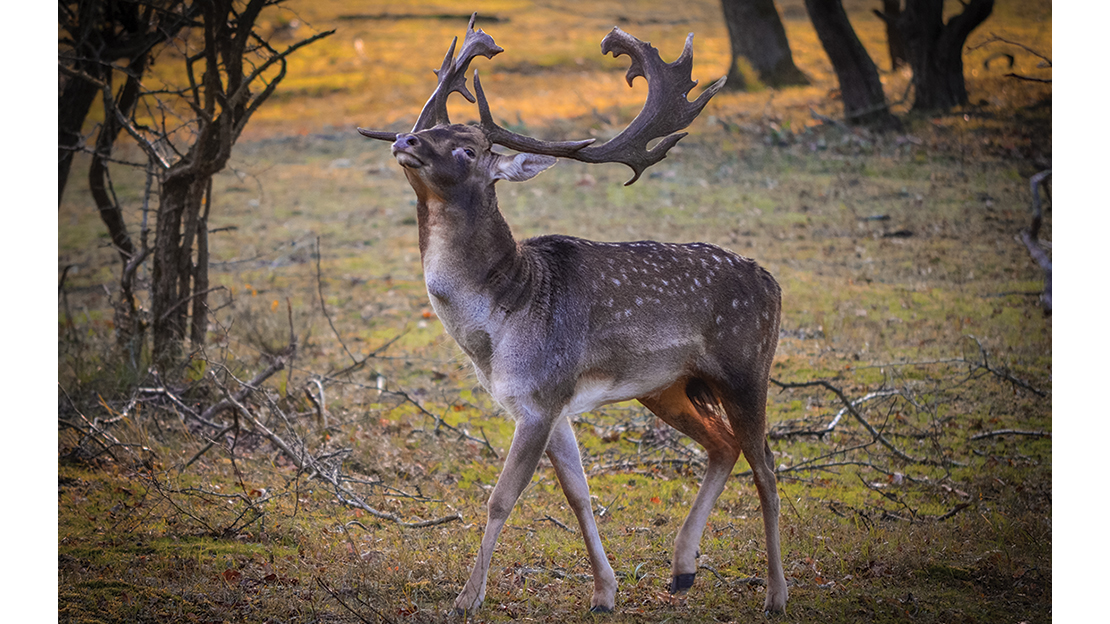
Face
The greatest differences between young and mature animals are in their faces and skulls. Fallow bucks have leaner, more youthful faces when young, and they graduate to wider structures in their mature years. Greater width on top of fallow bucks’ heads and in between their eyes is magnified by lower and flatter set pedicle bases as they age into mature bucks. Furthermore, the muzzle on these animals becomes thicker. “Like their antlers, their face appears heavier,” says Tony, referring to prime and old bucks.
As fallow bucks reach old age, their wide faces look even more haggard – potentially from scaring from years of brutal fights, but also from ageing tissues. Jamie points out that like other areas of old bucks’ bodies, their eyelids even begin to sag. This can even make their eyes appear smaller.
It sounds like oversimplification, but readers who’ve spent time hunting and observing fallow unconsciously read cues in the animal’s face and quickly claim a face to appear young or old without necessarily understanding why. If not second nature yet, time observing fallow and knowledge from other hunters and articles will surely remedy.
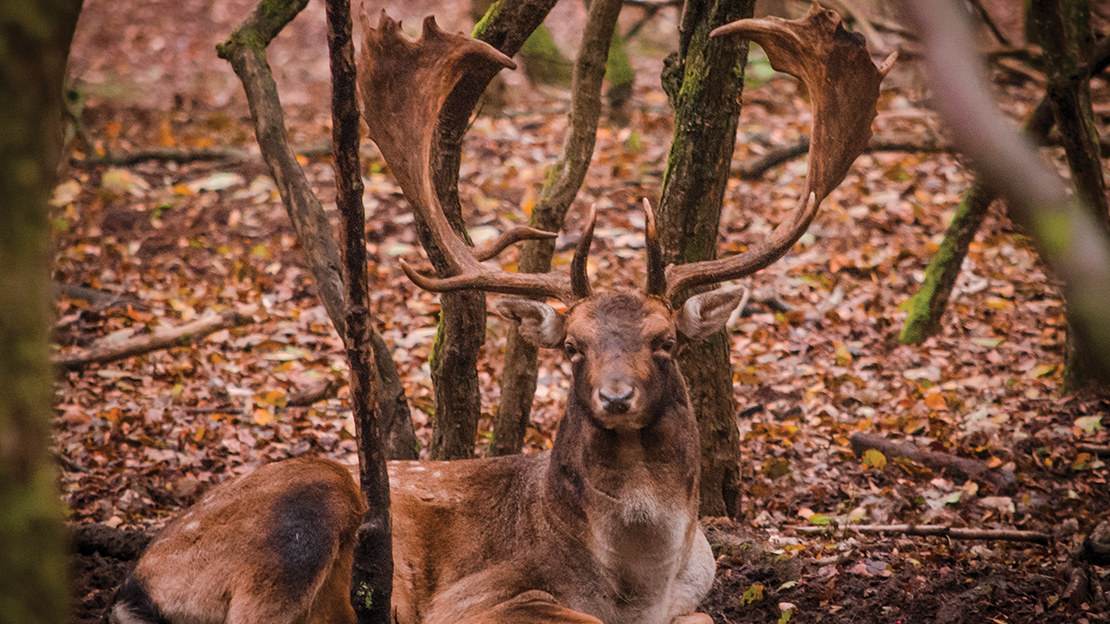
Behaviour
Body expression and movement is key to determine dominance in fallow bucks and, in many cases, it can also be a key to age, most notably between the young and mature bucks. These behaviours are most noticeable during the rut. Younger bucks begin rutting behaviours earlier, while more mature animals don’t begin wasting valuable condition and energy rutting until does are well and truly ready to breed. While does are definitely more attracted to larger palmed animals, this doesn’t necessarily correlate with age. However, posturing the palms with a backward thrusted head during parallel walking is indicative of a mature or old buck and will most often be seen between the higher-ranking individuals.
Male combat in all deer species is wasteful, depleting energy, risking injury and taking time away from breeding females. Therefore, most deer have evolved ways to minimise true fights, which can range from vocal croaking to various types of posturing. Fallow deer have developed a unique ritualistic display of parallel walking to compare palm and body size before fighting – or after when a clear winner cannot be determined by the contact.
A study published in the Canadian Journal of Zoology found that mature animals holding a territory were more likely to participate in the iconic interaction than younger animals lacking in body size, which lean immediately towards riskier fighting behaviours.
During the rut, dominant bucks holding territories are generally mature, although it should be noted that there’s a greater chance of young deer successfully rutting in areas with dense fallow populations. This is because fallow participate in lek breeding, in which females choose their preference for their mate based on his palm and body size, as well as his rutting behaviours and even by the quality of the territory he holds. Jamie’s observed that most often, a buck in his prime will hold one of the best rutting pads for three to four years before losing it to a younger competitor. As the rut draws to a close, older bucks cease rutting, while younger bucks may draw out these behaviours longer after the peak in an attempt to mate does.
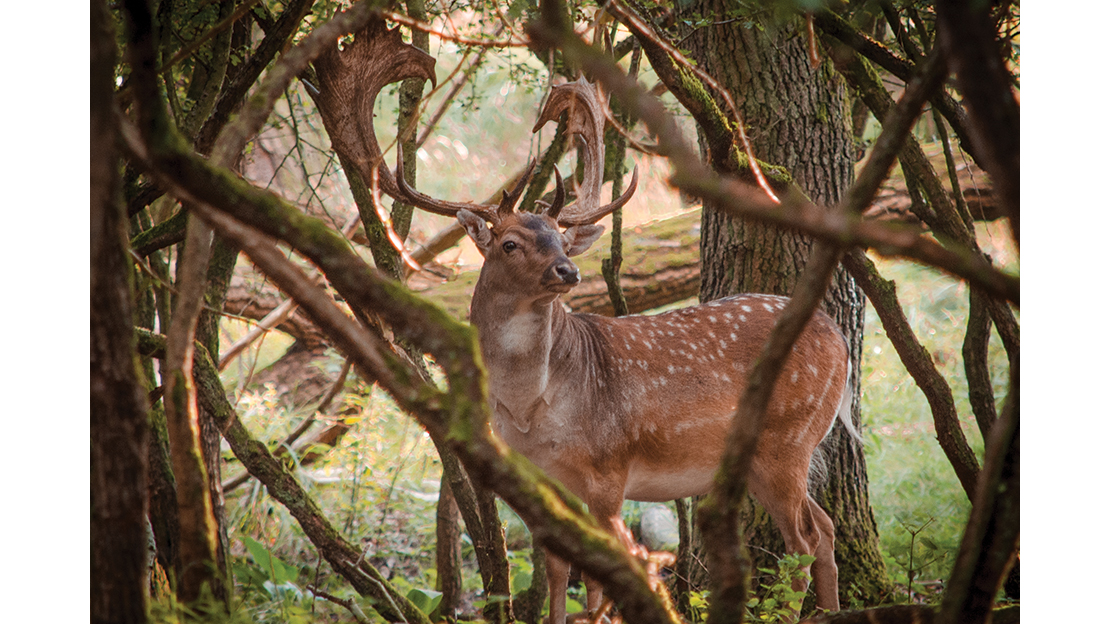
Conclusion
To categorise a fallow buck’s age most accurately, all aspects of the buck’s morphology, along with his behaviour, should be taken into account. On top of that, other animals in the area also need to be considered to give a better idea of the genetic potential and conditions in the area that greatly affect the representation of age. Recognising the difference between age and genetic potential or environmental conditions will help hunters take better trophies, today and tomorrow.
YOUNG | MATURE | OLD | |
ANTLERS | High pedicles. Second head – brows and treys.Third head – palm formation. Fourth head – wider palms, longer tines. | Lower and thicker pedicles, wider and heavier coronets, taller brow tines with a 90-degree bend, guard tines, thicker main beams, longer main beams, wider spread, wider and heavier palms, longer points. | Sunken pedicles with more mass at coronet and up main beam, more pearling and potential for ‘weirder antlers’ (crooked guards, split paddles, split brows, ridge along inner edge of paddle, more curl and hooked paddles), longer bent brow tines, wearing of points around paddle. |
BODY | Thin neck, high headset, long legs, straight back, noticeable separation of body parts (neck, shoulder, barrel and hind features are distinct), high butt, agile movement. | Thick neck, mass maintained throughout barrel and even into the hips, neck, shoulder, barrel and hind flow and maintain the same depth without noticeable separation, short-appearing legs, straight back, sway when walking. | Thick neck, saggy under chin and at brisket, mass maintained throughout barrel and even into hips, short-appearing legs, downhill appearance, swayed back, protruding gut, stout appearance. |
FACE | Slender, defined head, narrow between the eyes, large, bright eyes, ‘youthful’ look. | Less distinction between head and neck, thick muzzle, wide between eyes, flatter and wider top of head. | Sagging eyelids, smaller-looking eyes. |
BEHAVIOUR | Swelled neck begins during rut at three, some success rutting if large population of does and spread out, begins rutting very early and stays rutting later, fighting without parallel walking. | Parallel walking during the rut, hold rutting pads during the prime part of the rut. | Appears only for the height of the rut (may seem like more towards the end in some cases), many conflicts asserted by croaking and then parallel walking rather than fighting, may still hold area held previous year. |

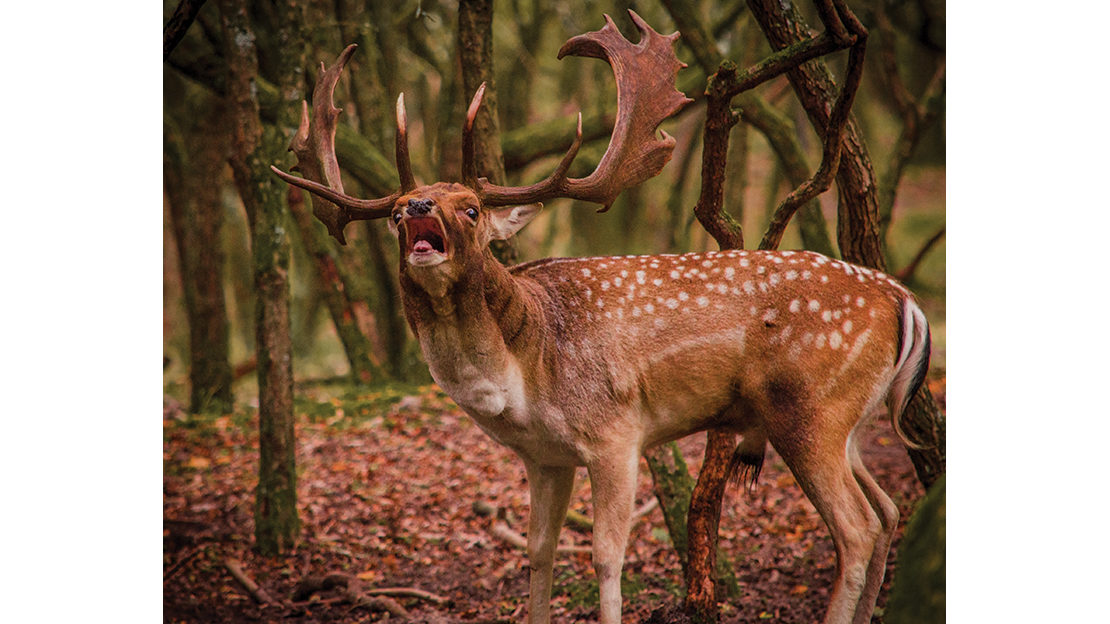

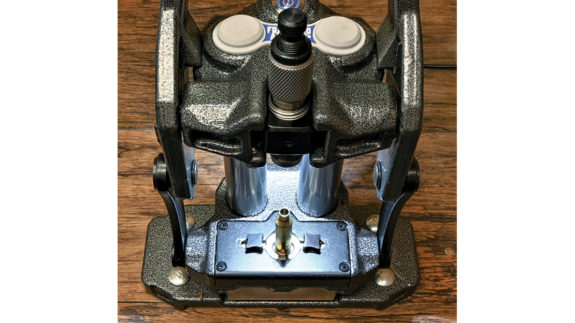

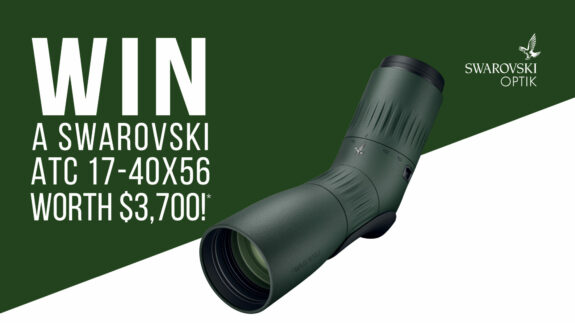
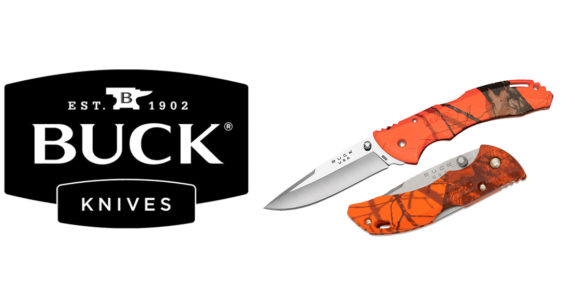
SHARE YOUR BEST PICS #NZRODANDRIFLE